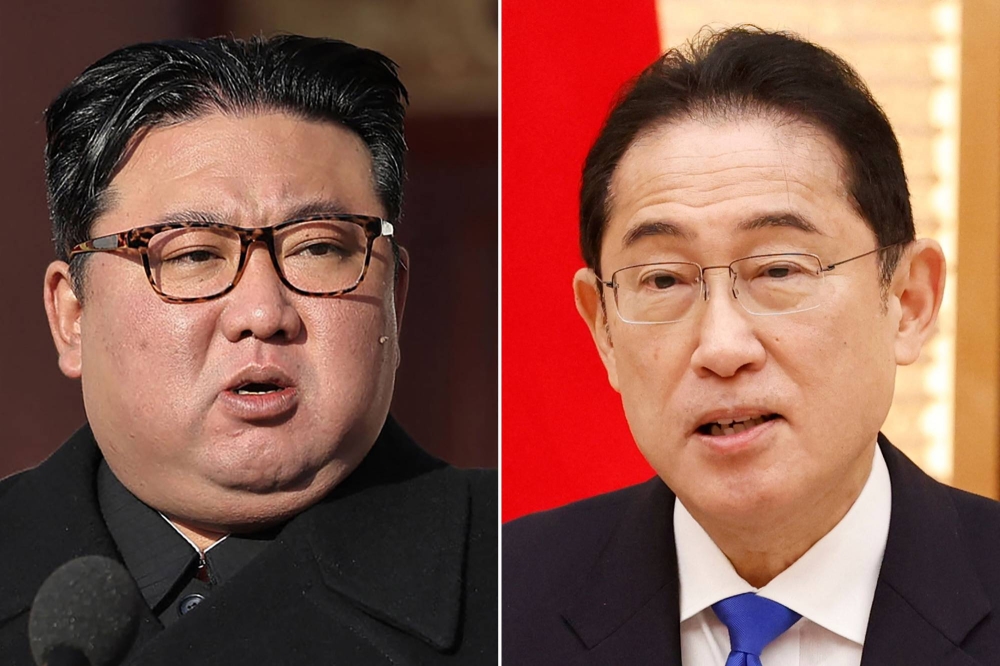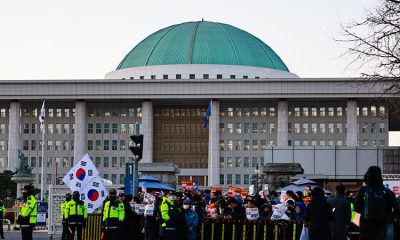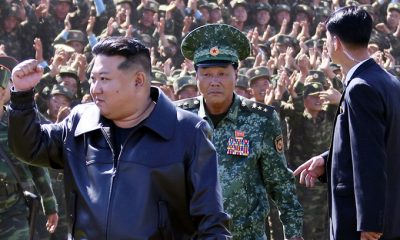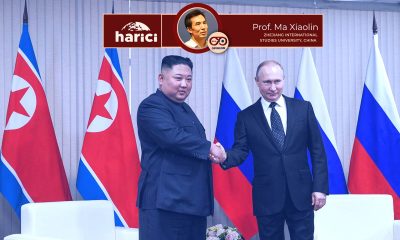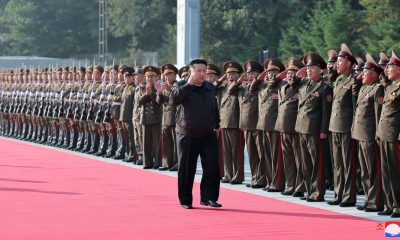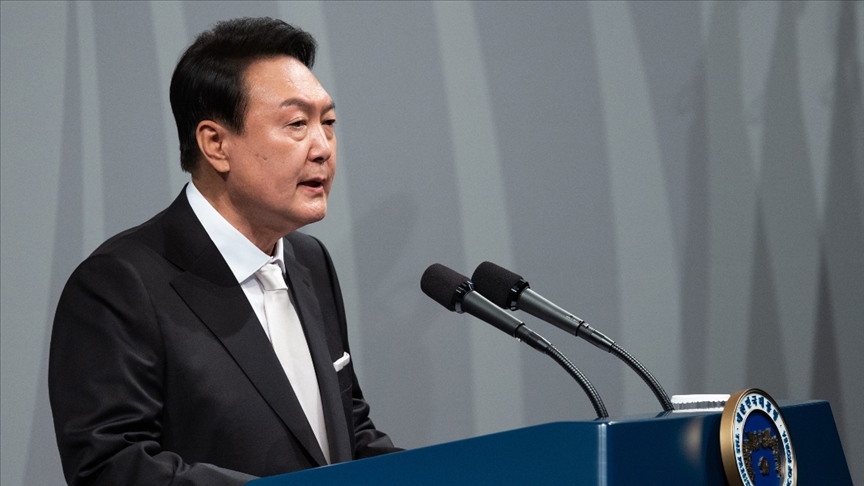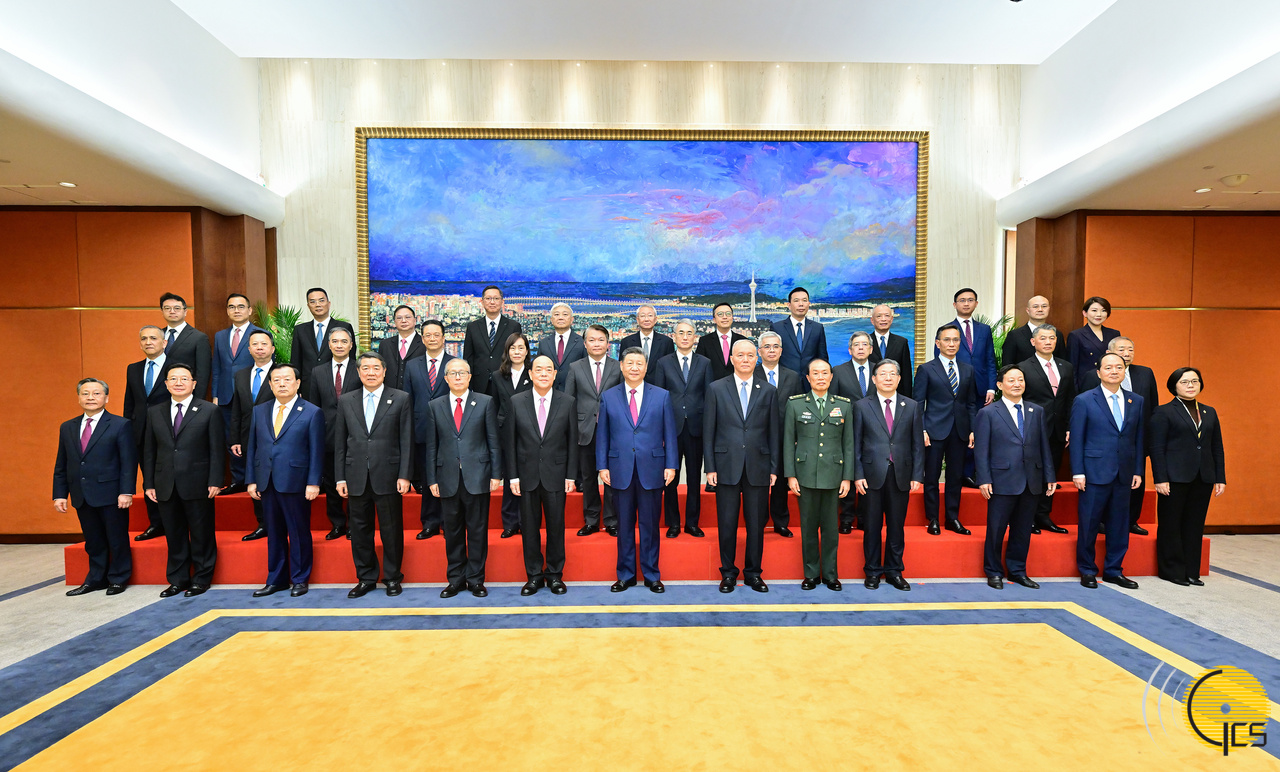Tokyo has contacted Pyongyang through “various channels” to organise a summit, the Japanese government said on Monday. The statement came just hours after the sister of North Korean leader Kim Jong Un (officially the Democratic People’s Republic of Korea) said Prime Minister Fumio Kishida had conveyed the hope of meeting Kim “as soon as possible”.
But Kim Yo Jong, who also serves as chief adviser to the North Korean leader, said the development of relations – and any chance of a summit – depended on Japan’s willingness to make a “political decision”. This is thought to be a reference to the long-standing issue of Japanese citizens abducted by North Korea in the 1970s and 1980s.
In a statement carried by North Korea’s official Korean Central News Agency, Kim Yo Jong said that the history of North Korea-Japan relations “teaches a lesson that it is impossible to improve bilateral relations, which are full of mistrust and misunderstanding, without a significant policy change by Tokyo”.
He stressed that if Japan “remains mired in the abduction issue, which has no other solution”, Kishida’s arrival in Pyongyang would be seen as little more than “a bid for popularity”.
“If Japan really wants to improve bilateral relations and contribute to regional peace and stability as a close neighbour of North Korea, it must make a political decision … in its overall interest,” he added.
Kishida insists
Later on Monday, Kishida stressed the importance of the meeting between the two leaders, according to Japanese media.
“As I have said in the past, I have made various direct approaches to North Korea because I believe that high-level talks are important for resolving issues such as the abduction issue,” Kishida told a parliamentary committee.
Last month, Kim’s sister raised the possibility of a visit by Kishida to Pyongyang, but on the condition that Japan remove “obstacles” to relations, including the abduction issue, which the DPRK says has “already been resolved”.
But the government’s top spokesman, Chief Cabinet Secretary Yoshimasa Hayashi, on Monday reiterated Tokyo’s position on Pyongyang’s claim that the abduction issue had been resolved, calling it “totally unacceptable”.
But he hinted that talks to pave the way for a summit were continuing in earnest.
“We are constantly working through various channels to this end, but I would like to refrain from going into further details as it could affect future negotiations,” Hayashi told a press conference on Monday afternoon.
Relatives of the abductees give their consent
Relatives of last month’s abductees have conditionally accepted the possibility of Tokyo lifting sanctions on Pyongyang, giving the Japanese government breathing space to make a breakthrough with its nuclear-armed neighbour.
Takuya Yokota, brother of abductee Megumi Yokota and leader of a group of abductee families, described the move as a “difficult decision”.
Megumi Yokota is one of the best-known of the 17 people Japan has identified as having been abducted by North Korea in the 1970s and 80s. Five were allowed to return home after the then prime minister, Junichiro Koizumi, visited Pyongyang in 2002. But North Korea said eight of the remaining 12 had died and four had never entered its territory.
Domestic politics in motion
Finding a proper solution to the abduction issue is seen as a high hurdle for Kishida, who has stressed his openness to “unconditional talks” and said a “bold step” is needed to repair relations as he seeks a summit with Kim Jong Un.
Experts say progress in the talks would boost Kishida’s approval rating, which has dipped below 30 per cent due to a domestic funding scandal. Kishida is also preparing for a high-profile visit to Washington in April, which he hopes will boost his popularity at home.
“Given the public interest in the issue, the only diplomatic card Prime Minister Kishida has left to boost his approval rating is Japan’s relations with North Korea,” said Masatoshi Honda, a political analyst and academic.
Kishida’s stepped-up diplomatic efforts with Pyongyang came after Kim sent him a rare message of condolence following the massive earthquake that struck Japan last month, which some Japanese officials saw as a positive sign.
But officials in Tokyo are also wary that any opening could damage closer military cooperation between Japan, South Korea and the United States.
The leaders of the three countries held a historic trilateral summit at Camp David last year after Kishida and Yoon put aside differences over Japan’s wartime occupation of South Korea to strengthen deterrence against China and North Korea.
South Korean Unification Minister Kim Yung Ho told Japan’s Yomiuri Shimbun newspaper that Seoul would support Tokyo’s efforts by asking North Korea for information on Japanese abductees.

 EUROPE1 week ago
EUROPE1 week ago
 OPINION2 weeks ago
OPINION2 weeks ago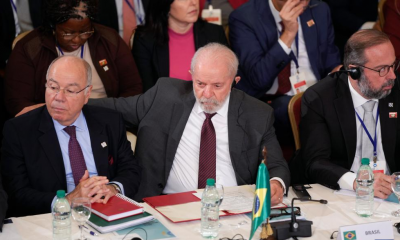
 OPINION1 week ago
OPINION1 week ago
 DIPLOMACY2 weeks ago
DIPLOMACY2 weeks ago
 OPINION2 weeks ago
OPINION2 weeks ago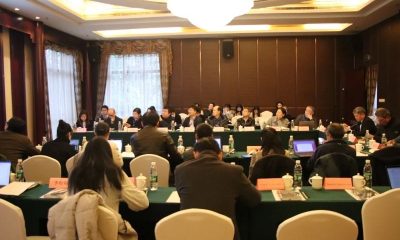
 ASIA1 week ago
ASIA1 week ago
 MIDDLE EAST1 week ago
MIDDLE EAST1 week ago
 MIDDLE EAST2 weeks ago
MIDDLE EAST2 weeks ago
